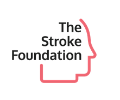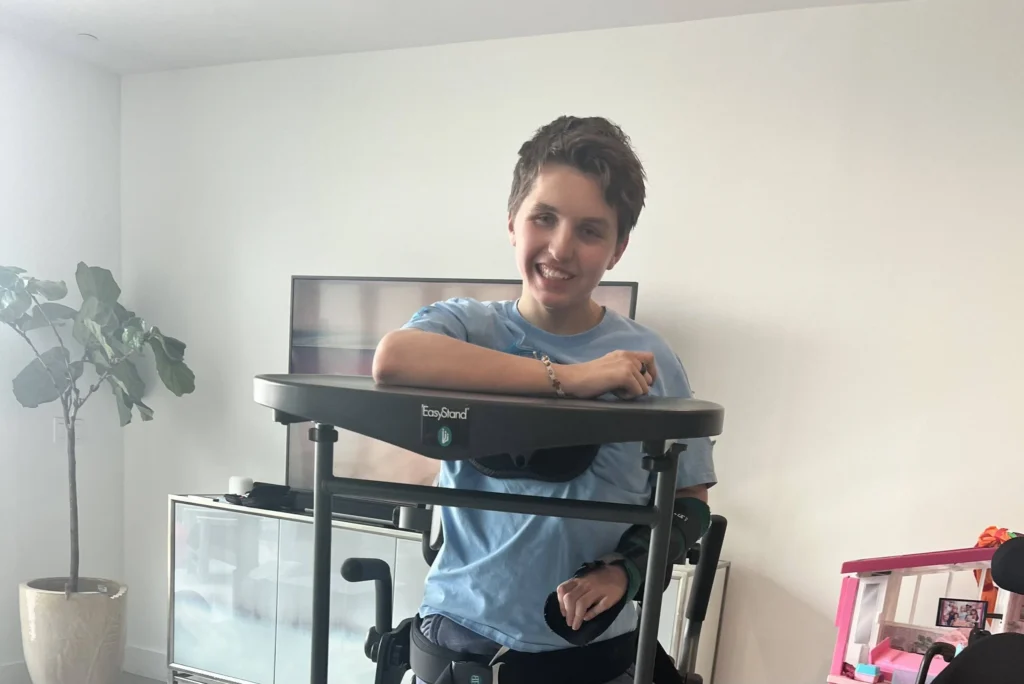Ataxia is a neurological disorder characterized by lack of coordination in voluntary movements. It can result from a variety of conditions, including stroke. Stroke is a leading cause of long-term disability, affecting millions of people worldwide. In this article, we will discuss ataxia in stroke victims, its causes, symptoms, diagnosis, and treatment.
Causes of Ataxia in Stroke Victims
Stroke occurs when the blood flow to the brain is disrupted, resulting in damage to brain cells. The damaged cells cannot function normally, which leads to a variety of neurological symptoms, including ataxia. Depending on the location and severity of the stroke, ataxia can affect different parts of the body and can be mild or severe.
Symptoms of Ataxia in Stroke Victims
Ataxia can manifest in different ways, depending on the severity and location of the stroke. Common symptoms include:
- Difficulty walking or maintaining balance
- Difficulty coordinating movements, such as reaching for objects or writing
- Slurred speech or difficulty swallowing
- Tremors or involuntary movements
- Dizziness or vertigo
- Fatigue or weakness
Diagnosis of Ataxia in Stroke Victims
The diagnosis of ataxia in stroke victims involves a comprehensive evaluation of the patient’s neurological function. The healthcare provider will perform a physical exam, review the patient’s medical history, and order diagnostic tests, such as brain imaging or blood tests. The healthcare provider may also refer the patient to a neurologist for further evaluation and management.
Treatment of Ataxia in Stroke Victims
The treatment of ataxia in stroke victims is aimed at improving the patient’s quality of life and reducing disability. The treatment plan may involve a combination of medication, physical therapy, and rehabilitation.
Medication: Depending on the underlying cause of ataxia, medication may be prescribed to manage symptoms or prevent further neurological damage. For example, anticoagulants may be prescribed to prevent blood clots, which can lead to another stroke.
Physical therapy: Physical therapy is a crucial component of the treatment plan for ataxia in stroke victims. Physical therapy can help improve the patient’s balance, coordination, and strength, which can help reduce the risk of falls and improve mobility. A physical therapist can also provide assistive devices, such as canes or walkers, to help the patient move around safely.
Rehabilitation: Rehabilitation programs, such as speech therapy, occupational therapy, or cognitive-behavioral therapy, can help stroke victims with ataxia regain lost skills and improve their quality of life. Rehabilitation can also help the patient and their family members cope with the emotional and psychological effects of stroke.
Conclusion
Ataxia is a common neurological disorder that can occur in stroke victims. It can significantly impact a person’s mobility, independence, and quality of life. Early diagnosis and treatment can help improve outcomes and reduce disability. If you or a loved one has experienced a stroke and are experiencing symptoms of ataxia, it is important to seek medical attention promptly. With the right treatment and support, stroke survivors can lead fulfilling lives and regain their independence.





